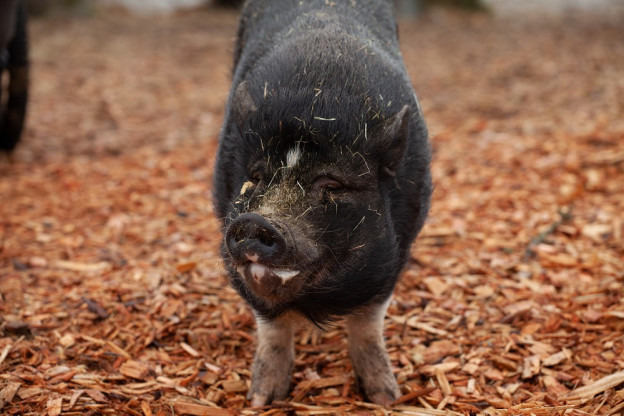Good feed is undoubtedly crucial in farming healthy pigs. Most farmers opt for locally sourced feeds that are relatively affordable, but this also comes with the risk of feeding your swine with nutritionally deficient food. It is worth noting that the pig’s nutritional demands can be met with scraps from the family kitchen, though not always.
Rearing healthy pigs requires that you provide them with all the essential nutrients needed for growth. These are carbohydrates, proteins, vitamins, minerals, and water. In light of this fact, farmers are advised to use feeding systems to ensure they give their swine a complete feed.
Using Feed Mills on a Farm
Every swine farmer should understand that automation creates a perfect environment for rearing healthy animals. In light of this, it becomes imperative to invest in tried-and-tested pig farm solutions like those at Skiold.
Pig farmers should embrace custom feed production solutions, which are designed to cater to individual customer needs. Complete control over the quality of food is paramount in any pig farm. Considering that pigs’ nutritional needs vary depending on their life cycle, automation helps you meet these requirements at each stage of their lives.
When Do You Need a Feed Mill?
For Individual Feed Production: Most farmers today prefer home-grown cereals for pig farms. While this might come as an economic move, it also gives them some control over the quality. These two reasons are quite significant in modern-day pig farming.
For an Evenly Structured Feed: As much as you might have the ingredients, manual milling and mixing do not always guarantee a uniform mix. In light of this, using a feed mill introduces an aspect of control in the production process, which ensures that all of your pig’s dietary requirements are wholly met.

